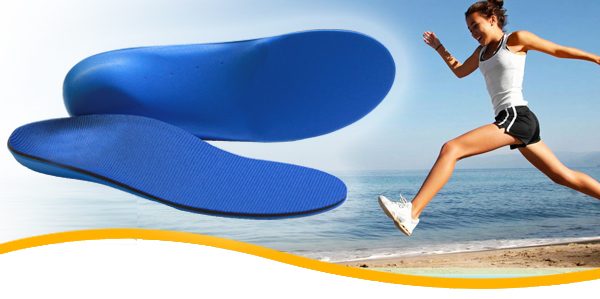You do not have to have foot pain to necessitate the use of custom foot orthotics. In cases where there are foot symptoms, an evaluation would focus primarily on foot biomechanics. However, there is always the potential link to some other area of imbalance or dysfunction that can lead to foot problems. Take for example a person with a hip problem. This may cause that person to limp or alter their gait (the way they walk). This in turn forces the person to shift their center of gravity over the opposite limb, causing greater downward pressure through that leg, and which will place stress on the bones or ligaments of that foot. Another great example is when a person presents with low back pain. An evaluation reveals “low” or “fallen arches” on the inside of the foot. This creates a compensation pattern in the leg where the tibia (leg bone) rotates inward, causing a relative outward turn of the femur (thigh bone), which forces the pelvis (ilium bone) out of alignment, stresses the sacroiliac joint and lower lumbar (low back) joints, potentially creating low back pain. In this case, we can correct this cause for low back pain simply by adding custom orthotic therapy to a person’s daily routine use- therapy with minimal effort! There are many different types of orthotics, suited to each person’s needs. A patient is measured using a non-weight-bearing foam cast, which is sent to the lab for manufacturing. Orthotics are made of a semi-rigid but flexible plastic either with or without a foam overlay for added comfort. Modifications can be made to the orthotic when a patient has metatarsalgia, plantar fasciitis, heel spurs, neuromas, bunions, etc. The result is an orthotic for support, correction of misalignment, and comfort like that of a custom insole!
Dr. Fratnik is trained in the analysis, fitting, and dispensing of custom orthotic therapy. Check your insurance provider for coverage before booking an orthotic fitting appointment.
